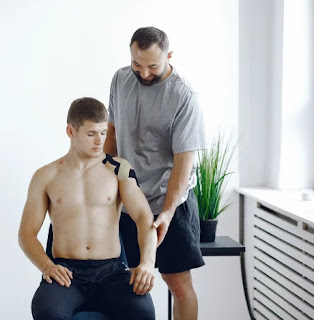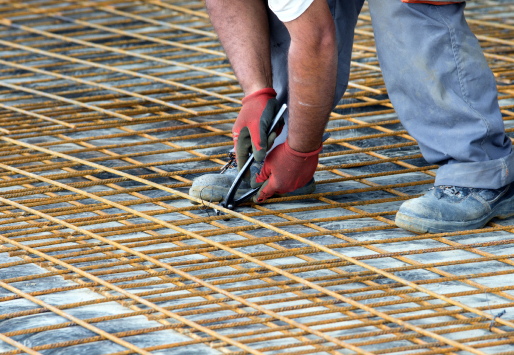Dance Clothes: Enhancing Performance and Expressing Artistry
Introduction :
Dance is a captivating art form that combines movement, rhythm, and emotion. Behind every graceful leap and intricate turn, dancers rely on the right dance clothes to support their performance and express their artistry. In this article, we delve into the world of dance clothes, exploring their significance, the key elements to consider when choosing them, and the various styles available to suit different dance genres. Whether you're a professional dancer or a passionate beginner, understanding the importance of dance clothes will help you enhance your performance and feel confident on the dance floor.
The Significance of Dance Clothes :
Dance clothes play a vital role in a dancer's overall performance and comfort. They are specifically designed to allow freedom of movement, highlight body lines, and enhance the visual aesthetic of dance. Beyond aesthetics, dance clothes also serve functional purposes, providing support, flexibility, and breathability to accommodate the physical demands of various dance styles.
Properly fitting dance attire not only enables dancers to move with ease but also promotes proper technique and reduces the risk of injury. Additionally, dance clothes contribute to the overall presentation and professionalism of a dancer, making them an integral part of stage performances and competitions.
Key Elements to Consider :
When selecting dance clothes, several key elements should be considered to ensure optimal performance and comfort:
a. Fit: Proper fit is crucial for dance clothes. They should neither be too loose nor too tight, allowing for a full range of motion while maintaining coverage. Dance clothes should hug the body without constricting movement or causing discomfort.
b. Fabric: Choosing the right fabric is essential. Dance clothes are typically made from breathable and stretchable materials like cotton, nylon, lycra, or spandex. These fabrics offer flexibility, moisture-wicking properties, and durability to withstand rigorous dance routines.
c. Style and Design: Dance clothes come in a variety of styles and designs to suit different dance genres. From leotards and tutus for a ballet to leggings and crop tops for contemporary and hip-hop, the style should reflect the requirements and artistic expression of the dance form.
d. Support: Depending on the dance style, certain garments may provide additional support. For example, ballet dancers may opt for leotards with built-in bras or supportive undergarments to ensure proper alignment and minimize discomfort.
Dance Clothes for Different Genres:
Each dance genre has its own unique clothing requirements. Here are some popular dance genres and their corresponding clothing styles:
a. Ballet: Ballet dancers typically wear leotards, tights, ballet skirts, and ballet slippers. Female dancers may also require pointe shoes and ballet stockings. The attire showcases the elegance and precision of ballet movements.
b. Jazz: Jazz dance clothes often feature form-fitting tops, jazz pants or leggings, and jazz shoes. They allow for fluid movement while highlighting the dancer's body lines.
c. Contemporary: Contemporary dancewear includes comfortable yet form-fitting tops, leggings, or dance shorts. This style emphasizes freedom of movement and often incorporates unique textures and designs.
d. Hip-Hop: Hip-hop dance clothes are more casual and urban in style. Baggy pants, oversized t-shirts, hoodies, and sneakers are popular choices, allowing for street-style movements and self-expression.
e. Tap: Tap dance clothes typically consist of loose-fitting tops, dance pants, or shorts. Tap shoes with metal plates on the soles create rhythmic sounds, complementing the attire.



Comments
Post a Comment